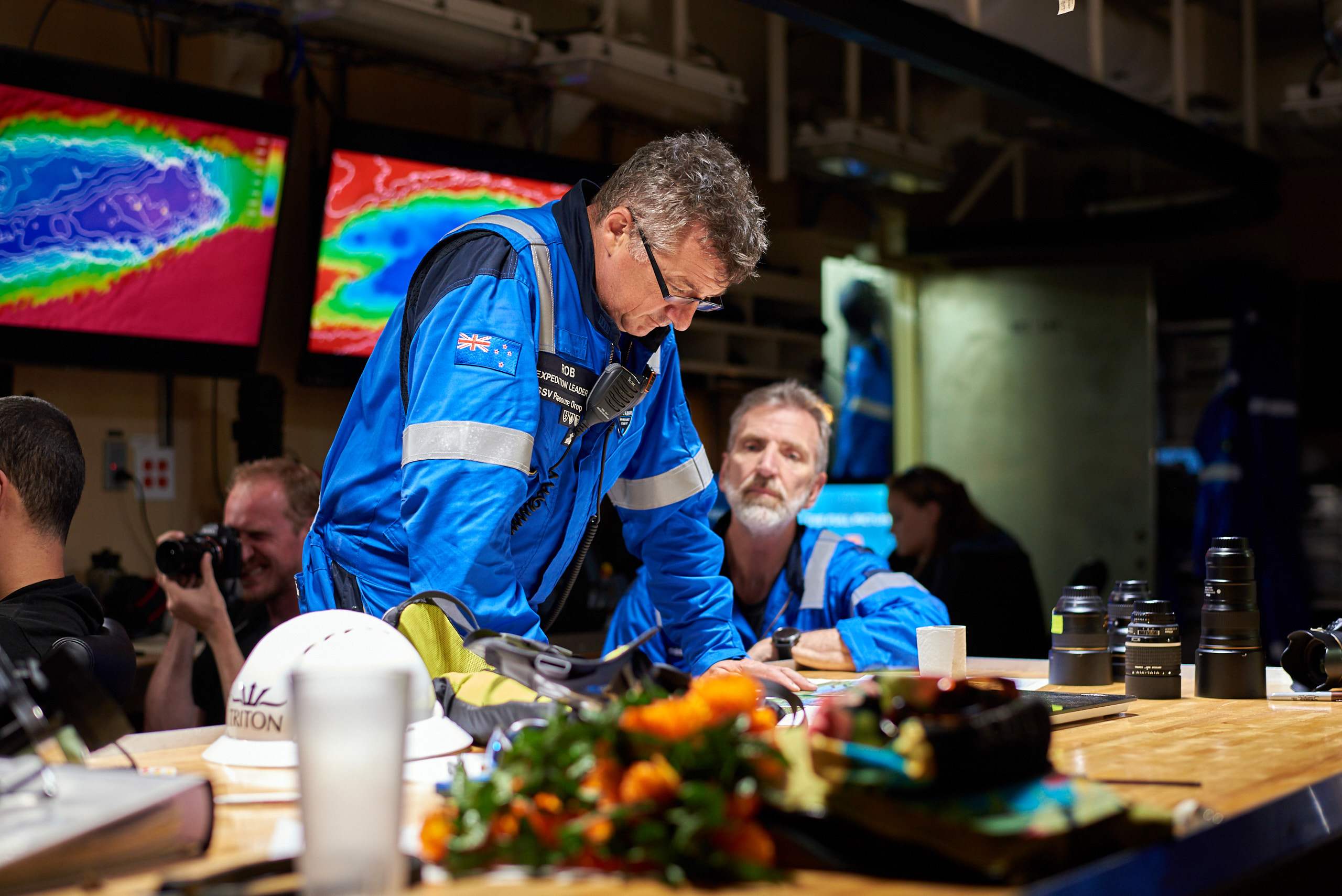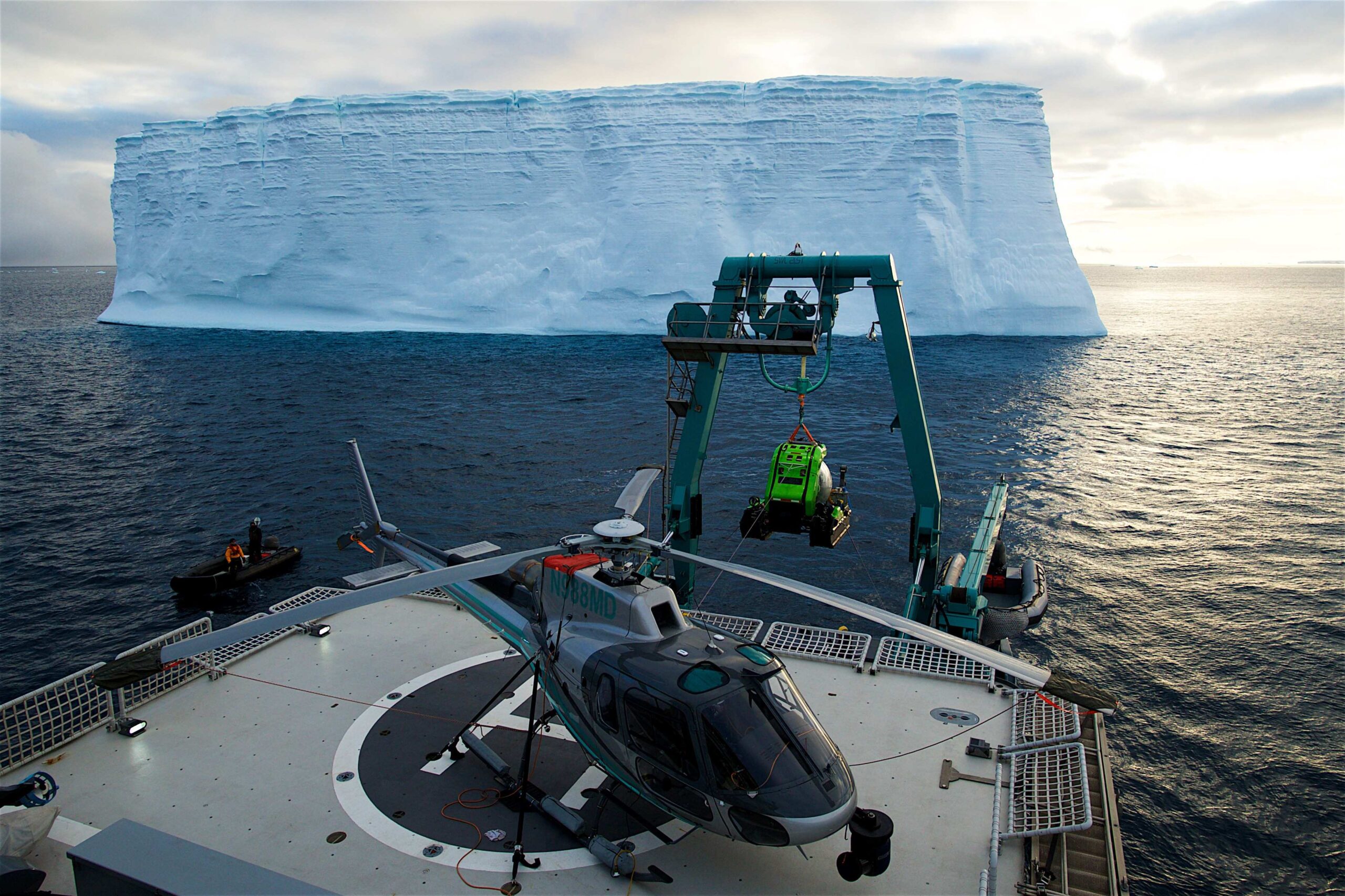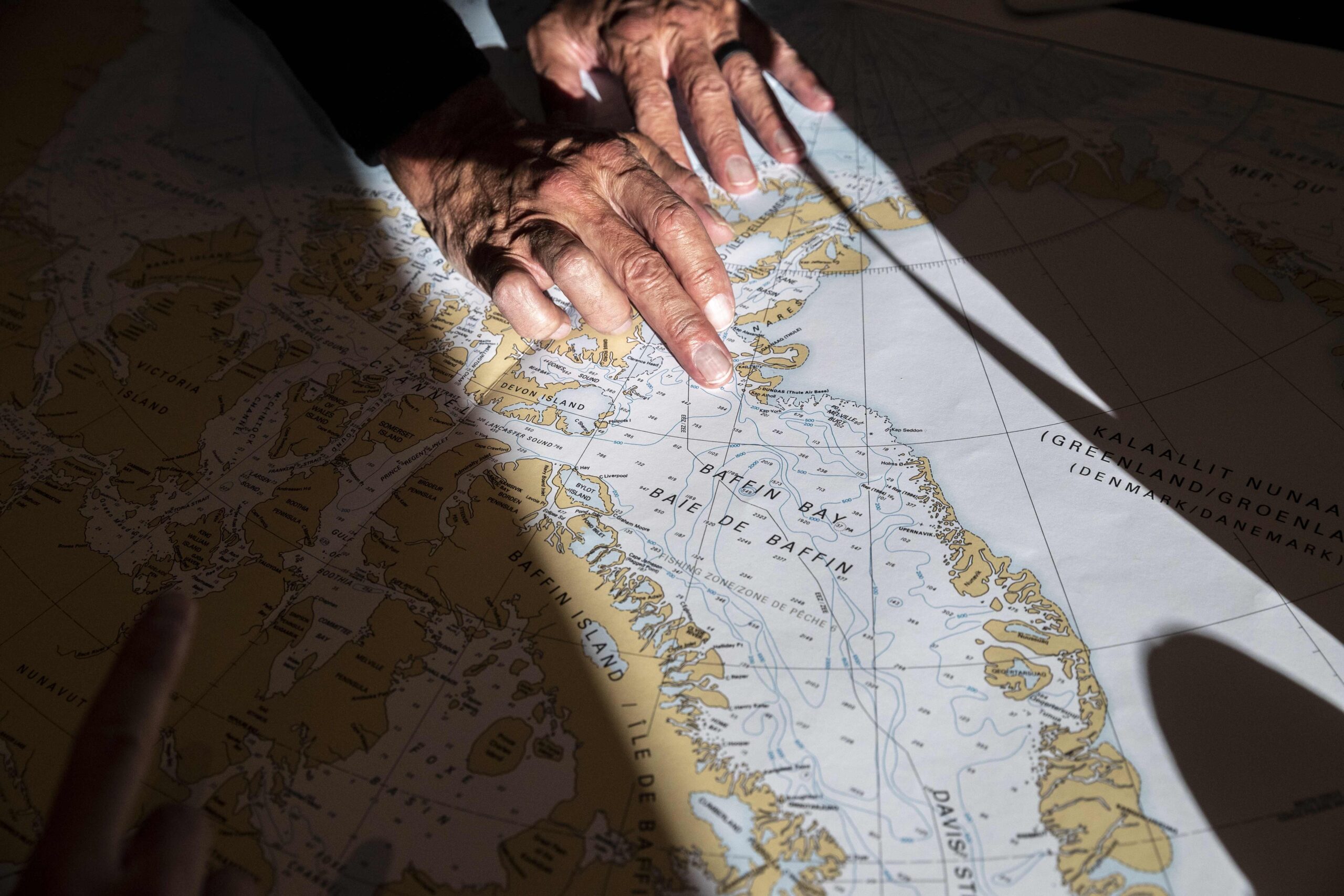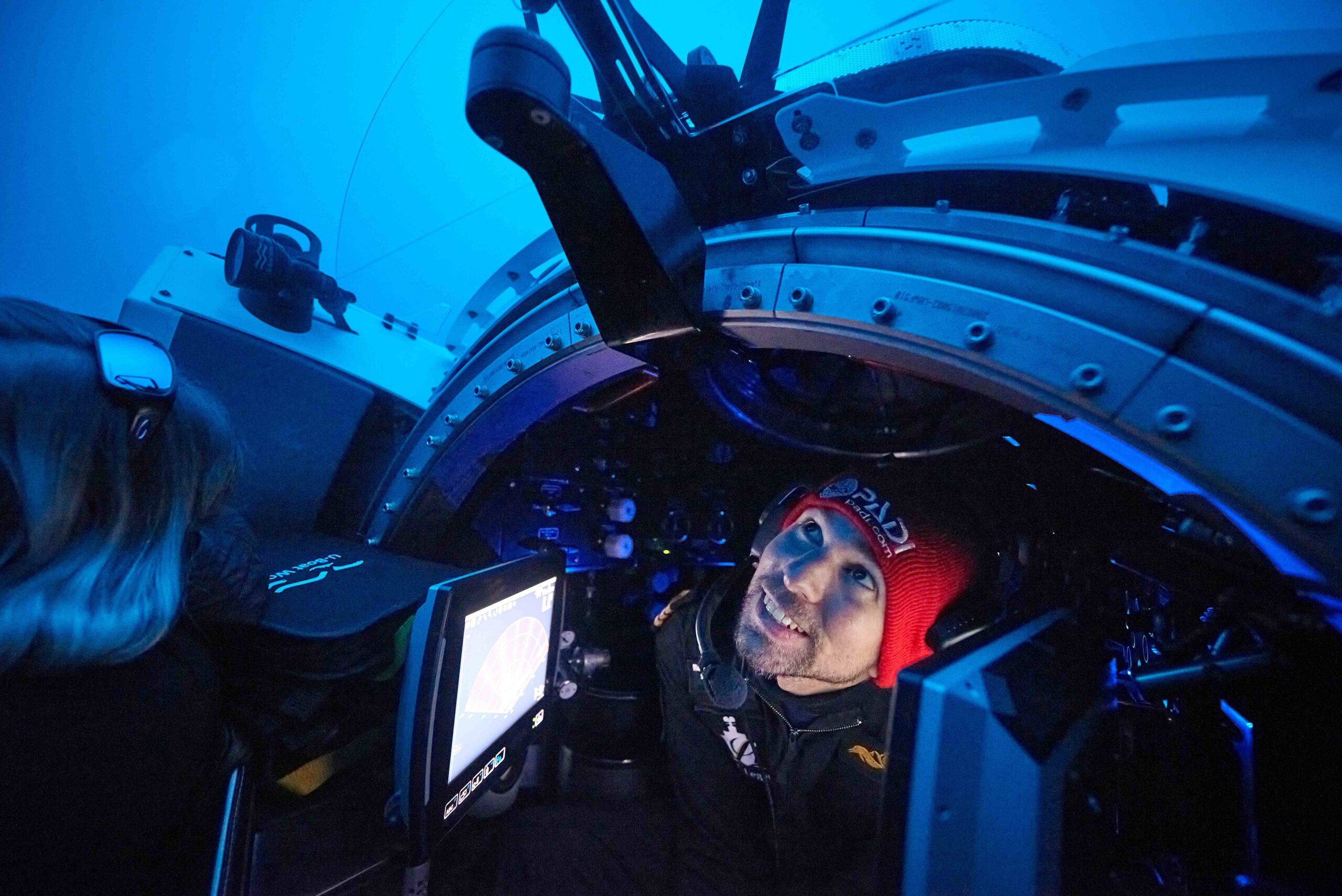Article by Dr. Jimmy White. EYOS’s Manager of Technical, Science and Conservation Projects
Since the days of Darwin & Shackleton, science and discovery have sought funding that supports scientific discovery and exploration. Now, uniquely in our time, yacht owners can be there, shoulder to shoulder with leading scientists and explorers, as we discover new species, map the world’s ocean, and discover lost pieces of the human story that have lay hidden on the ocean floor.
The superyacht industry has seen incredible growth in the last decade, particularly in the expedition yacht industry. By design or happenstance, the world’s privately owned superyacht fleet is now the most far-reaching, well-maintained, and capable fleet of vessels on the planet. From helicopters to submarines, powerful sonar, and accomplished crews, superyachts are now positioned to lead the world’s effort in oceanic discoveries.

“In recent years, many yacht owners have realized that if they want to preserve the oceans they love, they can take a more active role in their conservation – along with helping to set the precedent for the next generation of boat owners.”
Rob McCallum, EYOS Founder, Yachts For Science Co-Founder

There is unquestionably a role that legacy plays in our expeditions. What has been achieved? What new discoveries have been uncovered? And how will it contribute to our understanding of our history and the planet? For yacht owners, this is only limited by their imagination, from supporting science with their vessels and discovering new species to developing new technologies and pushing the boundaries of exploration.
Take, for instance, the Five Deeps Expedition. What started as a dinner and some drawings on the back of a napkin between EYOS Founder Rob McCallum and Victor Vescovo, grew into the Caladan Five Deeps program, “the most ambitious exploration expedition of the century” according to legendary ocean explorer Cpt Don Walsh. Bringing together the best aspects of human endeavors, including the design and manufacture of a full ocean depth capable submarine with Triton Submersibles, Victor achieved the world record for deepest descents of all 5 oceans, the discovery of the world’s deepest wreck, Sammy B, and a host of incredible scientific discoveries lead by Prof Alan Jamieson from the University of Western Australia. All of this was made possible through the capabilities and funding of expedition yachting.

Yachts for Science is another example at the forefront of bringing together the world’s leading scientists and explorers with suitable vessels. With the support of EYOS, the program has connected yacht owners to support science and conservation projects spanning everything from databasing populations of giant manta rays in remote areas of the Maldives archipelago to studying the dynamics between floating life and floating plastic at the ocean’s surface in the Atlantic. This concept is not new. What is new is the scientific rigor and expedition credentials of Yachts for Science together with EYOS, managing the partnership, delivering the expeditions, and driving the tangible outputs.
The newly created role of Manager of Science and Conservation Projects builds on the foundation of these and 1,500 other successful expeditions for private yachts and research vessels by EYOS, and reflects our continued commitment to the exploration and conservation of the global oceans.
